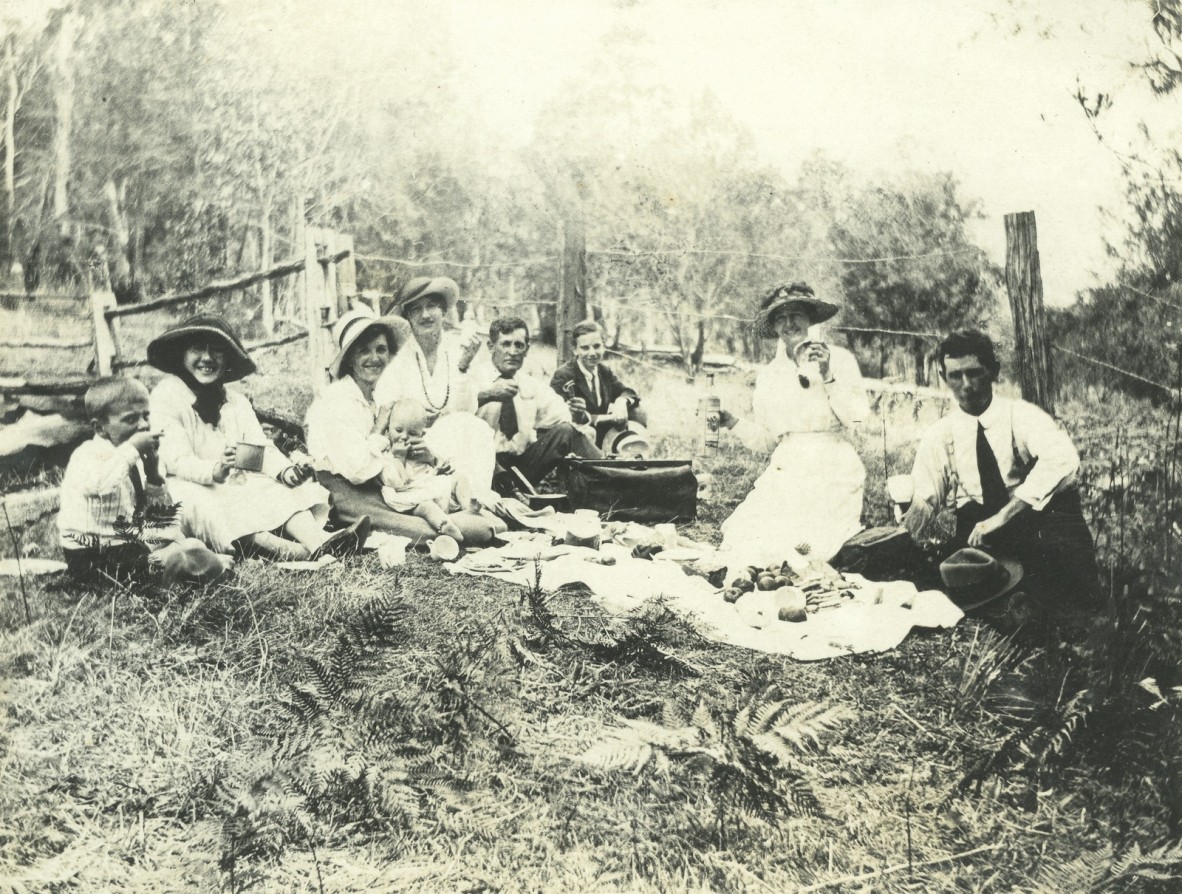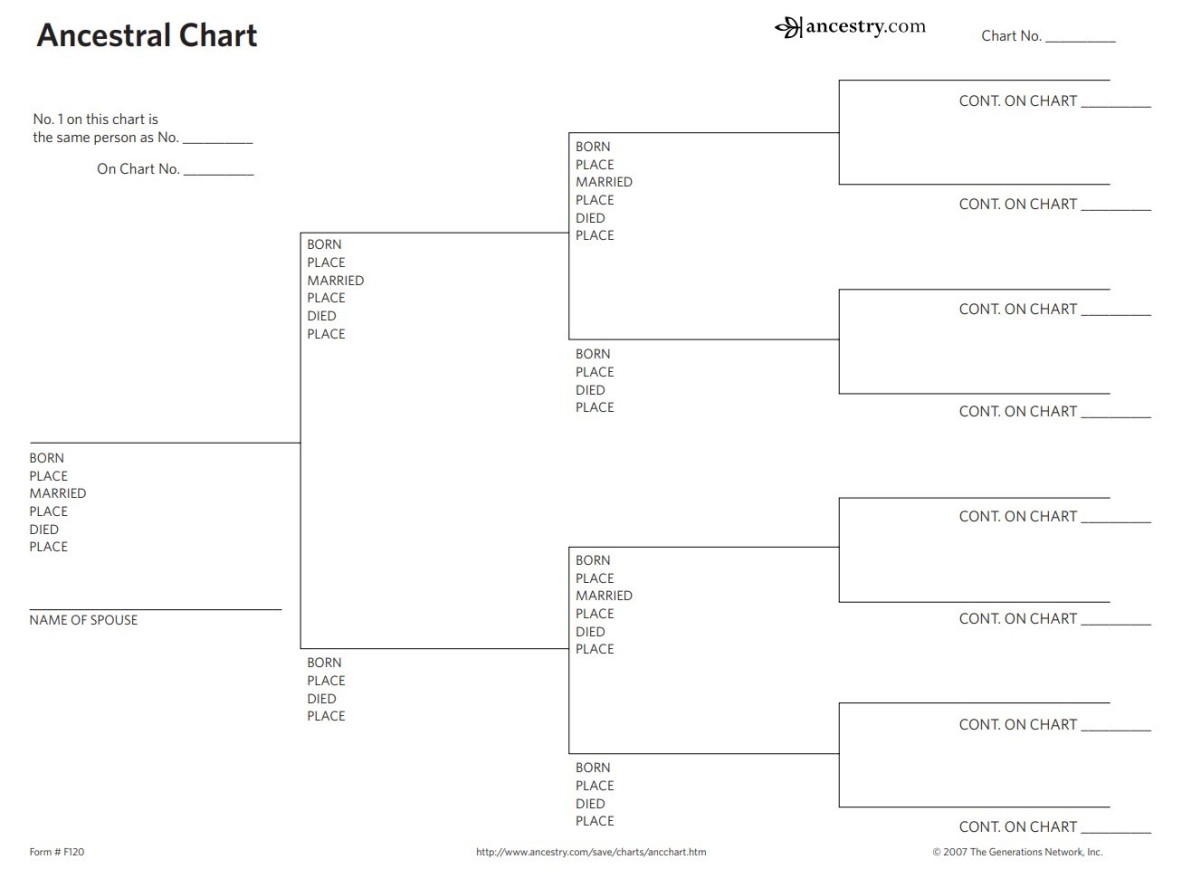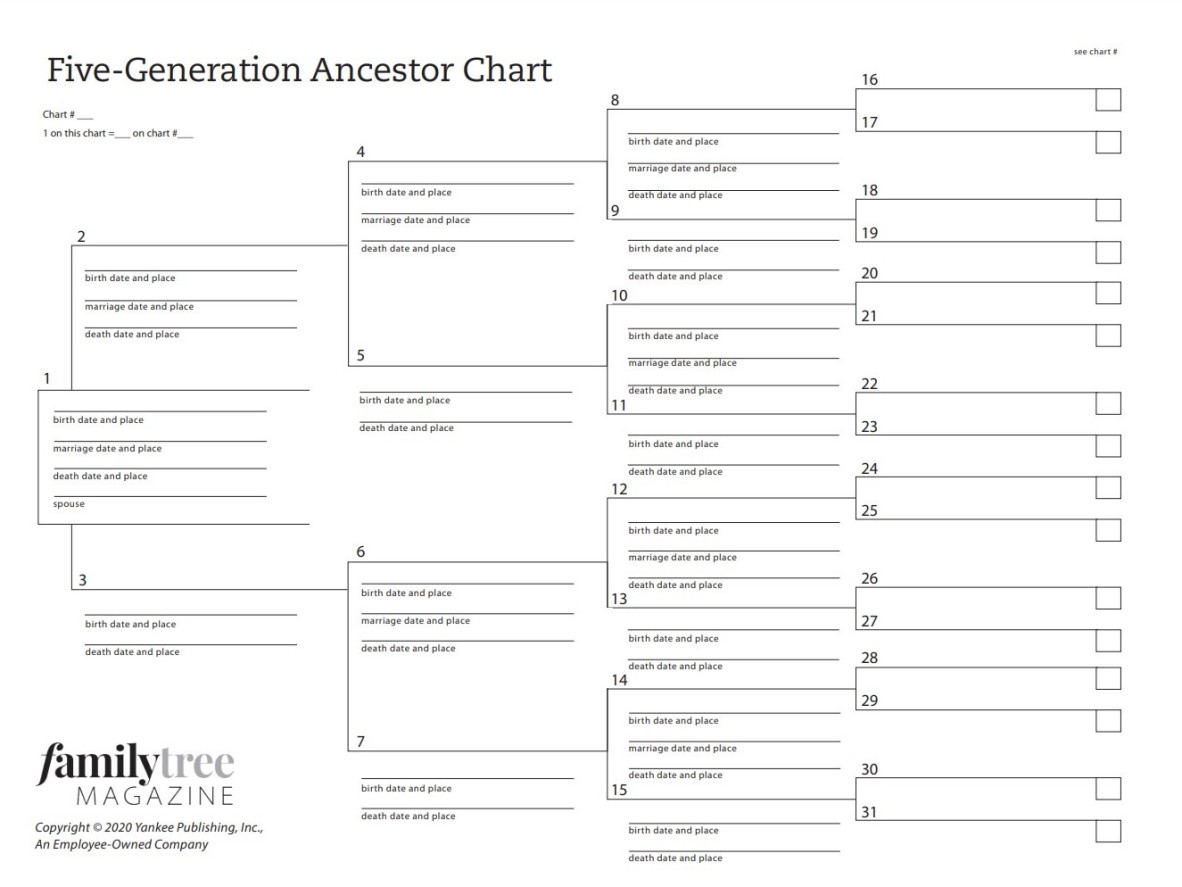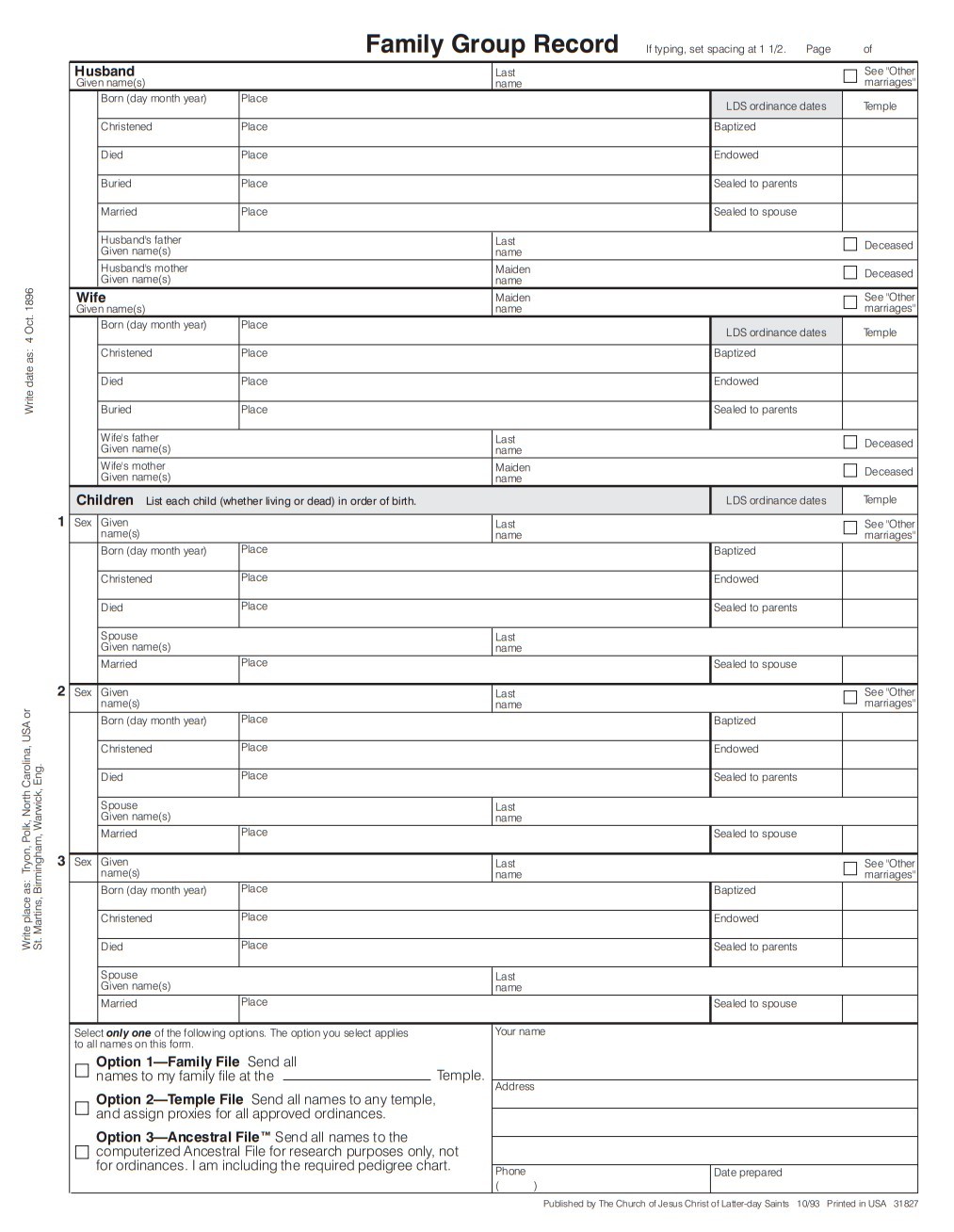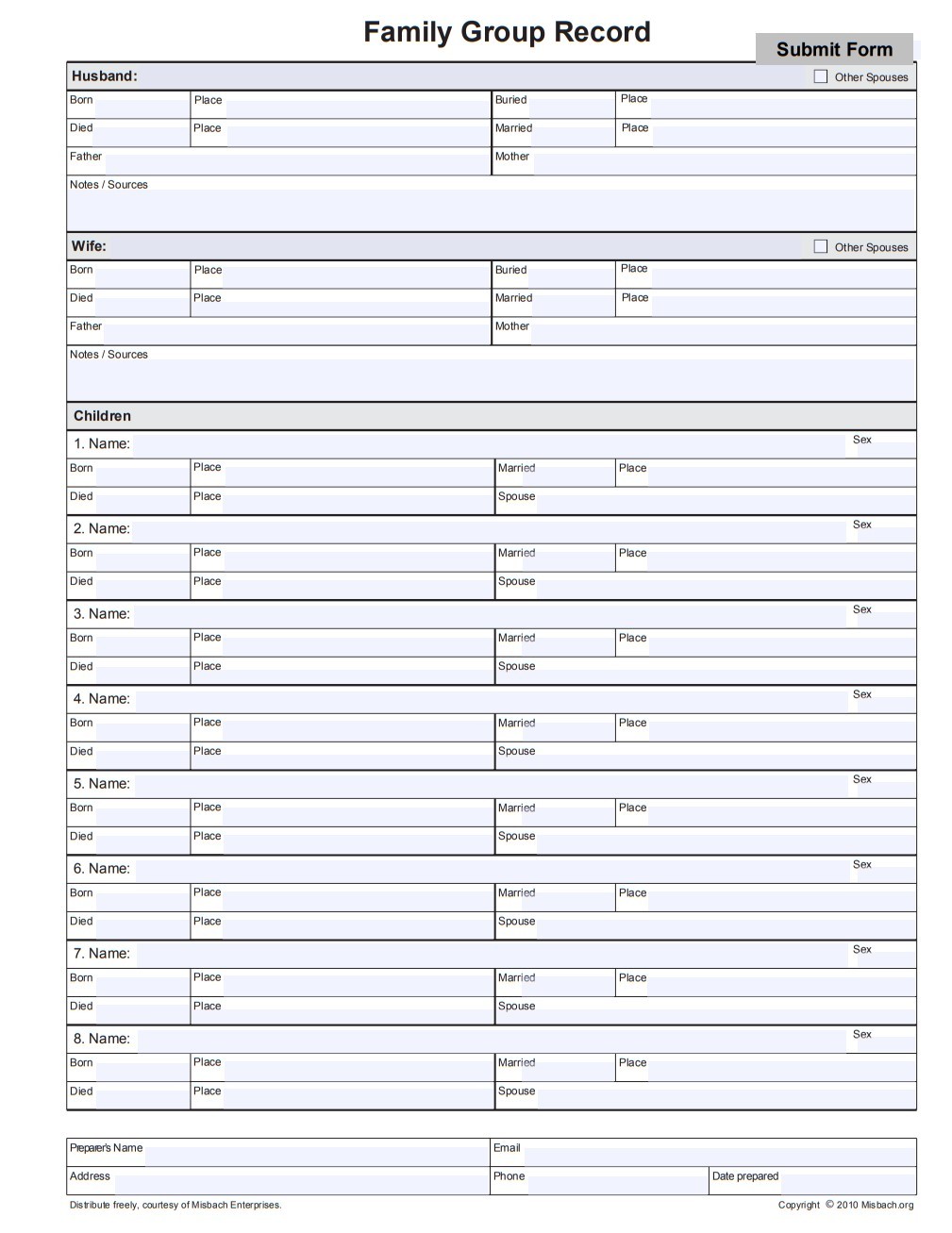Recording your family history
By Kirsten Perris, Library Technician, Information and Client Services | 2 August 2024
When beginning your family’s history, you need to write down all the information you already know. This tells you what you need to search for. As you begin your research you will want to find ways to keep track of who you are searching for, what you are looking for and what information you have.
There are many charts and forms available to help you record your family history data and where you found the information. These include:
-
family trees to place the entire family together,
-
pedigree charts to help organise the line of descent,
-
family group sheets to keep a family unit’s information together, and
-
research logs to track what records you have looked at, where and when.
Family trees
Family trees are a great way to display the whole family, documenting relationships and covering generations. Generally, they start from a single person and extend upwards and outwards, like branches of a tree, listing all known ancestors related to that person. This lets you see who your ancestors are, and where they came from. Family trees commonly include key information such as birth, marriage and death dates and places but may include additional information and photographs. Having a family tree can help you visualise your research, keep track of information and work out what you still need to find. This can be useful if your family uses the same names from generation to generation, making sure the correct information is listed with the right ancestor. There are several online computer programs you could use, both free and paid. So be sure to take your time and discover what program best suits your needs.
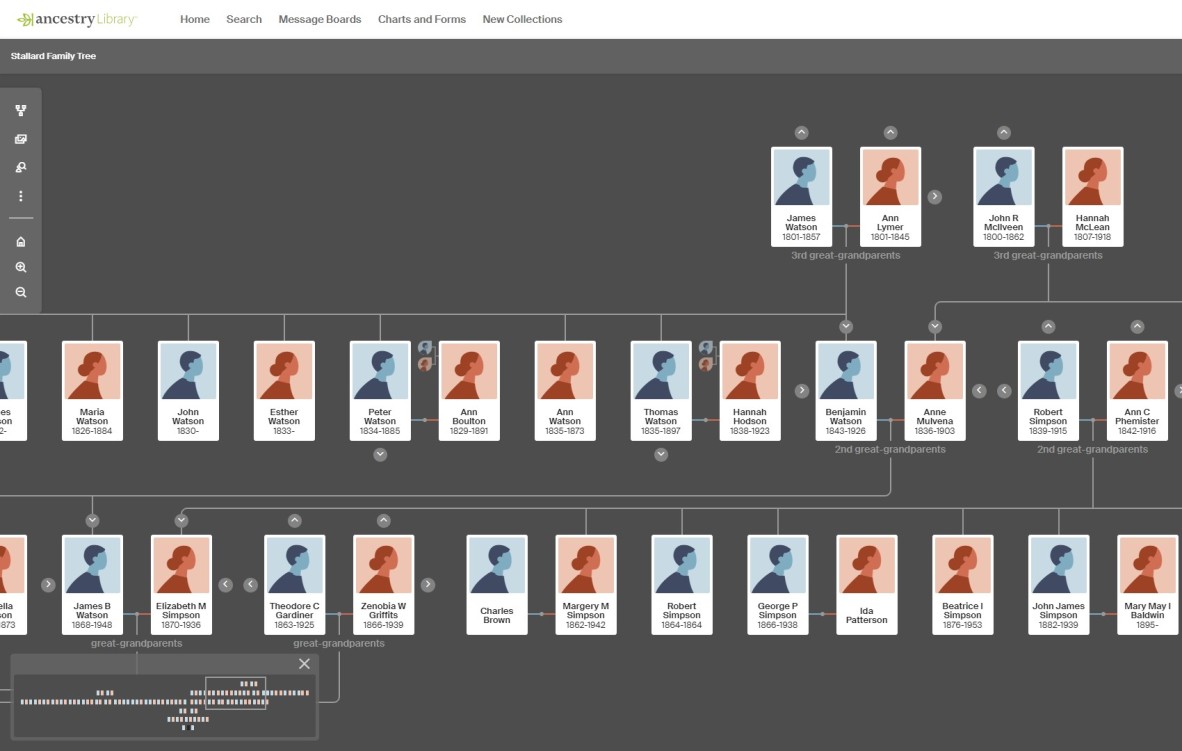
Example of part of a family tree from ancestryLibrary edition
Pedigree charts
When starting out one of the first things you need to do is write down what information you do already know. One of the best ways to do this is to create a pedigree chart or several interconnecting pedigree charts. A pedigree chart, also called an ancestral chart or even a family tree, provides a framework on which you build your family tree. Pedigree charts generally record the direct line of descent for at least 3 generations. For example, you start with yourself (first generation), and the form enables you to add your parents’ information (second generation), grandparents (third generation), your great-grandparents (fourth generation) and so on. The number of generations can depend on the chart you use. The numbering on the charts enables you to connect charts such as connecting earlier generations for easy cross-reference. The information noted includes names as well as birth, marriage and death dates and the places these events happened.
Family group sheets
A family group sheet provides you with a way to document a complete family unit: mother, father and all children, in one place. They often allow you to record more detail than you would on a pedigree chart. The basics covered in a family group sheet are the birth, marriage and death details for everyone within a specific family. Depending on the family group sheet you choose there might also be options for adding more information such as religion; what church a marriage, christening or baptism was performed at; or whether there was a will. If someone remarries and has more children, then a new family group sheet needs to be completed as this represents a new family unit.
Research logs
A research log allows you to organise and keep track of your research. You can use the log to note what resources you have searched, when and where you located the record, what that record was, who the record related to and whether you found what you were looking for. You can also use it to record your next steps to search. It’s also a good place to write citations for the sources used for easy reference later. By recording all this information, it lowers the chances of repeating a search after returning to your research after an extended break.
Explore charts and forms
The charts and forms mentioned here can be found for free online at websites such as ancestry, FamilySearch, or BYU Library Family History. You can also find many other forms that relate to specific sources such as recording census records or baptisms. You can print them out and fill them in by hand, save them to your computer and complete them online or you can create your own. What type and/or design of chart and form will depend on what suits your research style.
Charts and forms are just one part to researching and recording your family history. If you need help locating information make sure to check out our family history web pages including our research guides or contact us through our Ask a Librarian service.
More information
Family history month https://www.slq.qld.gov.au/familyhistorymonth
Family history - https://www.slq.qld.gov.au/collections/family-history
One Search catalogue – https://onesearch.slq.qld.gov.au
Library membership – https://www.slq.qld.gov.au/services/membership
Ask a librarian - https://www.slq.qld.gov.au/services/ask-librarian
Comments
Your email address will not be published.
We welcome relevant, respectful comments.
